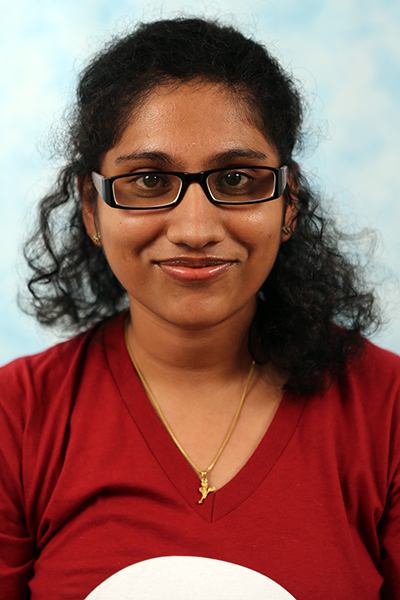
Abstract:
Retinal surgery procedures require surgeons to manipulate very delicate tissues with little room for error. During epiretinal membrane surgery, to reduce chances of recurrence, surgeons may have to remove the 10 µm thick internal limiting membrane from the retinal surface. An experimental procedure to treat retinal vein occlusion is retinal vein cannulation. During this procedure, surgeons are required to inject drugs into retinal veins that are less than 100µm thick. The difficulty of performing these procedures is exacerbated by natural human hand tremor, a constrained workspace, and limited visualization. Robotic surgery systems can aid surgeons during these demanding procedures by cancelling tremor at the surgical tooltip, providing improved visualization, implementing motion scaling, and constraining the tool to remain within certain regions.
An essential piece of information that is required to create and enforce safeguards using such robotic systems is the distance of the surgical tool tip from the retinal surface. Cameras attached to the microscope above the surgical workspace are accessible sources of information about the state of the tool and the retina in real time. However, the light path from the retinal surface to the camera is complex and pictures of the retina during surgery can be featureless and cloudy. Thus, many classical computer vision techniques that assume a pinhole model for the light path fail. OCT scans do provide high resolution scans of the underlying tissue, but they can be expensive to develop and have a limited range of around 2mm.
One remedy to the lack of features in retinal images is the use of a laser-aiming beam attached to the surgical tool. The laser spot emanating from the tool is quite visible in images and the spot itself is very easy to detect. Cases where the projected laser spot cannot be detected included obfuscation by light from the light pipe. However in this case, the tool’s shadow becomes a prominent indicator of retinal distance. This research aims to estimate retinal distance with acceptable accuracy using 3 metrics present in the camera image: (i) Projected laser area (ii) Distance of the laser from the tool tip (iii) Distance of tool tip from its shadow. The proposed framework to combine these 3 metrics is a dual Kalman filter that can update both states and parameters of a system. This is necessary as parameters estimated in lab conditions will inevitably be incorrect during the unpredictable conditions of in-vivo surgery.
Preliminary results include a dual Kalman filter formulation that uses the projected laser area for surface estimation. The method is shown to be independent of microscope magnification. The filter is able to predict retinal distance with errors less than 100 µm with controlled tool movement and also shows acceptable performance during freehand motion. Some preliminary results using the other two metrics, distance of the laser from the tool tip and distance of tool tip from its shadow are also explored.
This research also aims to use the developed retinal surface estimation method to implement virtual fixtures to reduce force applied during peeling and cannulation procedures. Some virtual fixture formulations are explored and their efficacy at reducing trauma to the retina and aid better tool movement is shown using phantoms in lab conditions. This research eventually aims to show the effectiveness of the surface estimation method and virtual fixtures in assisting retinal surgery procedures in in-vivo conditions like pig eyes.
Thesis Committee Members:
Cameron Riviere, Chair
John Galeotti
Zeynep Temel
Iulian Iordachita, Johns Hopkins University
